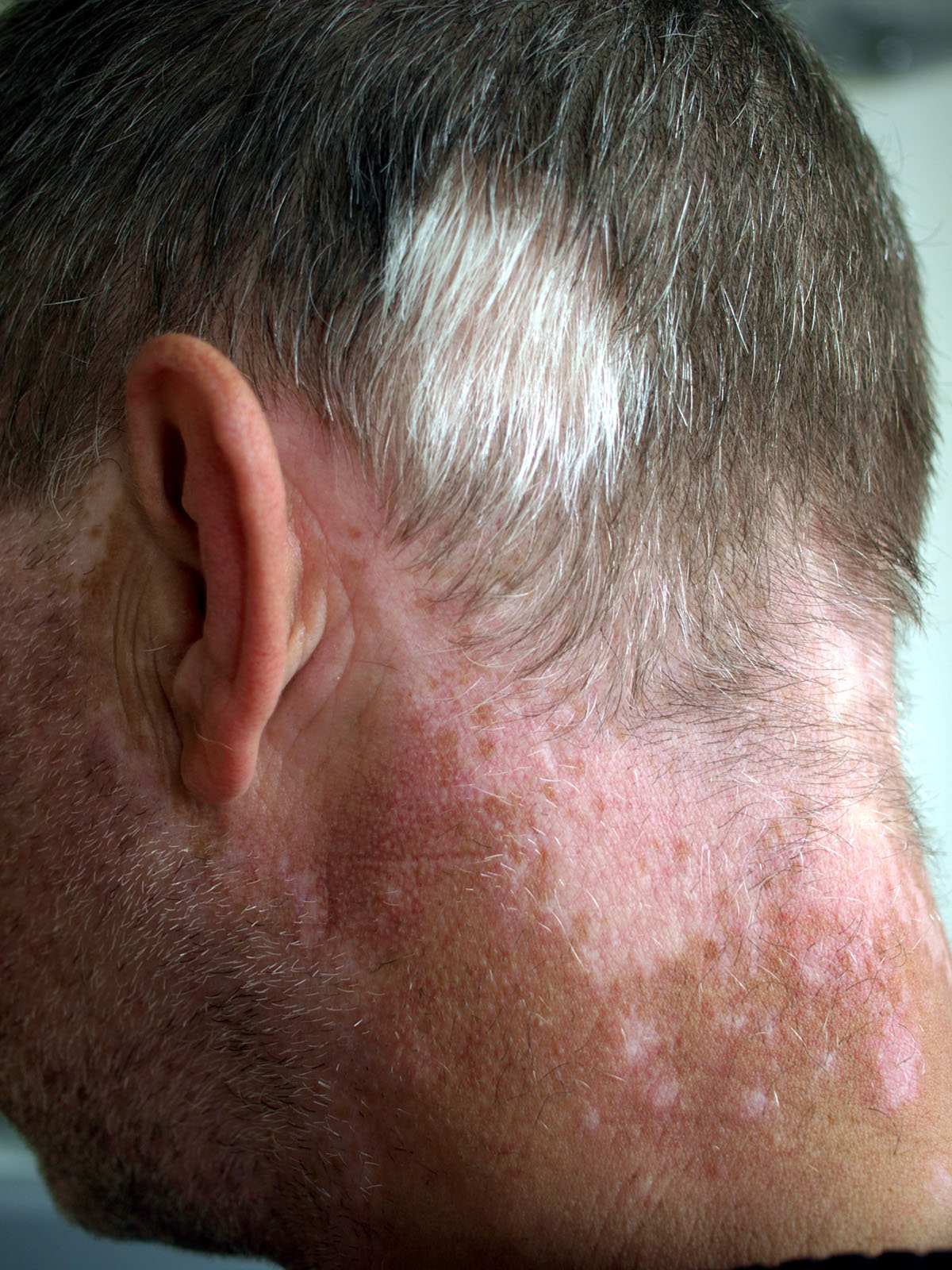
Vitiligo is a skin disorder that is manifested through the loss of the normal skin color. It is also known as the leucoderma, a word originating from Latin, meaning white (leuco) skin (derma). This occurs when melanin is destroyed due to an autoimmune disorder. Then, the skin begins to lose its pigment from different skin areas.
The most obvious symptom that indicates the occurrence of vitiligo is appearing of milky white depigmented spot or spots. The shape of these spots can be different and it is recorded that in some cases, this de-pigmentation can occur over the whole body. It initially starts as a single spot and then slowly progresses in size and number.
Causes
The cause for this type of skin disorder is yet unknown, but there are some possible causes and they include autoimmune disorder, hormonal imbalance or some other disorders, genetic factors, neural theories and autocytotoxic theory. Some of these factors can serve as a trigger for the start of vitiligo. It is also noticed that people whose family members have vitiligo are more prone to it. Also, if one of the parents suffers from vitiligo, a child has a strong possibility to develop vitiligo later on in life.
Laser Treatment
The treatment of vitiligo is usually a long process, and in some very rare cases, if the progress of de-pigmentation is stopped, the pigment may be restored. In most of the cases, the only possible thing to do is to stabilize the spread of depigmentation.
An acronym for psoralen, a light-sensitizing medication that helps enhancing the skin repigmentation is PUVA. It is a laser treatment by which psoralen is given and then, the depigmented skin area is exposed to ultraviolet-A (UVA) rays. That skin area can also be exposed to natural sun rays. Another possibility is also the treatment with UVB rays. But, the latest method for laser treatment that is used in medicine is the Excimer laser treatment.
Surgical methods
In order to achieve the best result, there are some surgical procedures that can be used. Here we will name some of them and they include miniature punch grafting, ultra thin skin grafting, suction blister grafting, melanocyte culture and transplantation, and tattooing. Tattooing is a popular method by which artificial pigment is injected into the de-pigmented area. But, during time, the tattooed place can become lighter than the surrounding skin, so the process has to be repeated again. Tattooing is not recommended unless the skin area is in a place that cannot be surgically operated.




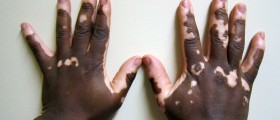
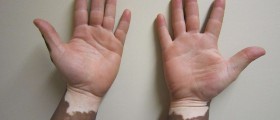
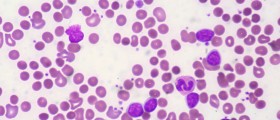







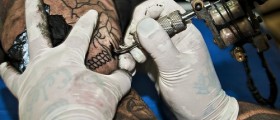


Your thoughts on this
Loading...